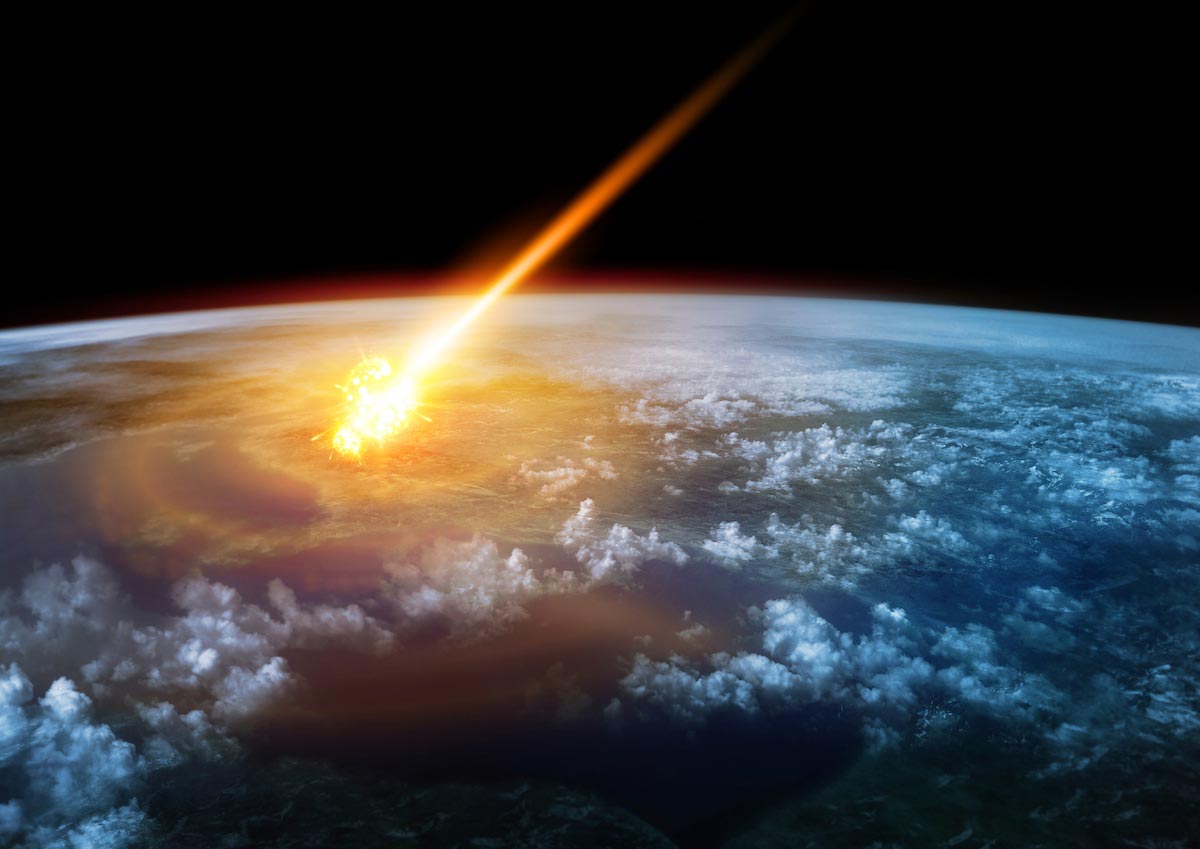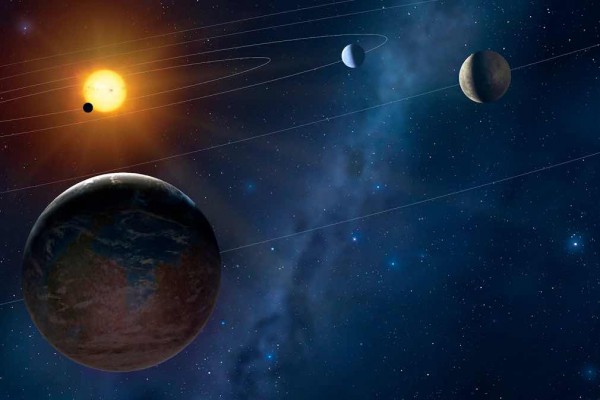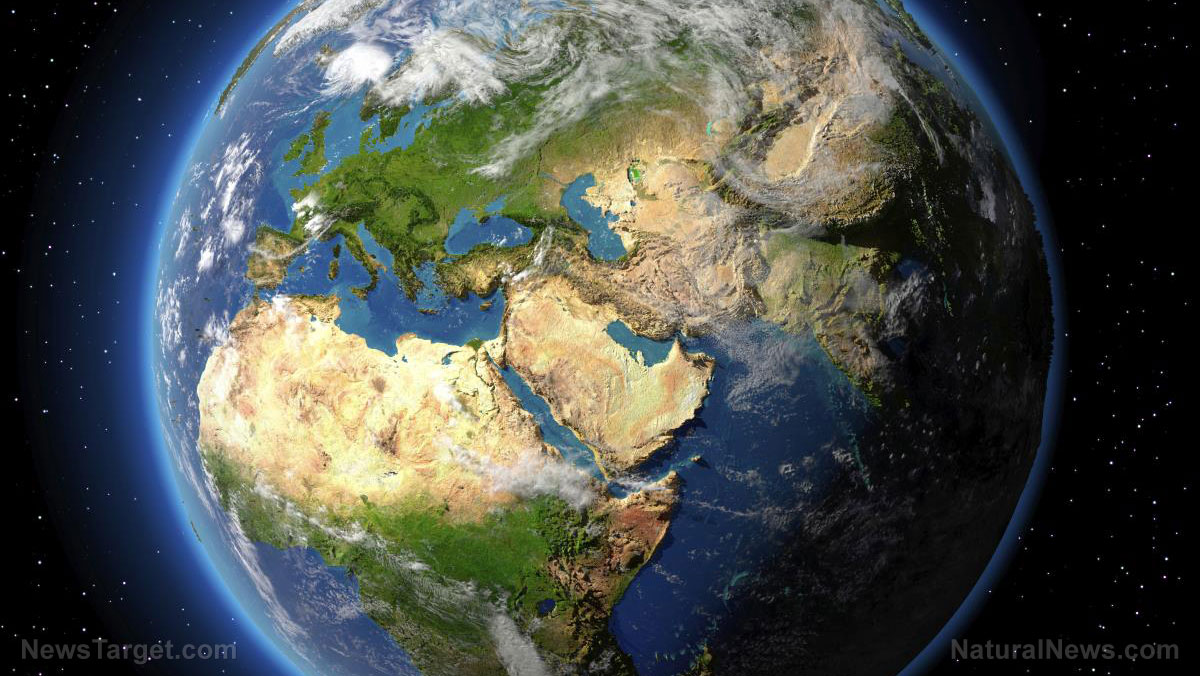Earth will bear witness to an unexpected treat this Halloween: A near-collision with a massive asteroid.
Astronomers discovered the giant chunk of space rock, dubbed 2015 TB145, just a couple weeks ago. The asteroid measures 2,000 ft in diameter and will fly by Earth at a distance of 310,000 miles, which by astronomical standards, is pretty darn close. NASA claims another asteroid of comparable size won’t come this close to Earth until 2027, at least that they know of.
A threat among many
There has been a string of large asteroids to pass Earth within the last decade. Asteroid 2014 BL86 passed Earth at 3.1 lunar distances in January 2015, asteroid 2004 XP14 passed at 1.1 lunar distances in 2013 and asteroid AN10 will fly by Earth less than one lunar distance in 2027. (1)
“The asteroid is on an extremely eccentric and a high inclination orbit,” the space agency said in a statement. “This is the closest approach by a known object this large until 1999 AN10 approaches within one lunar distance in August 2027. The last approach closer than this by an object with H < 20 was by 2004 XP14 in July 2006 at 1.1 lunar distances.” (1)
Preliminary estimates suggest the asteroid is anywhere from 689 and 2,133 ft in diameter and is hurtling through space at roughly 126,000km/h. Asteroid 2015 TB145 won’t be visible with the naked, but astronomy buffs should be able to see the flying object through a telescope on October 30th and 31st. (1)
Although the arrival of 2015 TB145 caught astronomers by surprise, it enables many observatories to test their imaging and radar-tracking capabilities in preparation for the next encounter with 1999 AN10 in 2027. The radio astronomy installations at both DSN Goldstone, California and the Arecibo array in Puerto plan to track the path of 2015 TB145, which will provide data for future near-Earth asteroids. (1)
Scientists call for asteroid deflecting technology
The discovery of 2015 TB145 just so happens to coincide with astronomers calling for more research in asteroid tracking technology. It is estimated only one percent of asteroids bigger than 40m that could pose a threat to life on Earth have been detected.(2)
Asteroid Day was launched earlier this year to bring awareness to the threat of potential asteroid impacts. Asteroid Day was announced in December 2014 after a coalition of scientists, researchers and celebrities signed a 100x declaration to call for better asteroid detection technology.
The long term goal is to detect and track all near-Earth objects that pose a threat to the planet. Astronomers would be able to prepare and potentially deflect asteroids that pose a threat to Earth the more future foresight they have. Scientists want to be able to track 100,000 asteroids a year within the next ten years. At present, scientists only detect about 10,000 asteroids a year.(2)
“The more we learn about asteroid impacts, the clearer it becomes that the human race has been living on borrowed time. We are currently aware of less than 1 percent of objects comparable to the one that impacted Tunguska, and nobody knows when the next big one will hit. It takes just one,” Queen guitarist and astrophysicist Brian May said when announcing the event last year.(2)
The discovery of 2015 TB145 also coincides with the announcement that NASA is cutting ties with B612 Foundation, which is a private nonprofit foundation in the United States dedicated to planetary defense against asteroids and near-Earth objects.(2)
NASA spokesman Dave Steitz told sources, “Due to limited resources, Nasa can no longer afford to reserve funds [for the project]. NASA believes it is in the best interest of both parties to terminate this agreement but remains open to future opportunities to collaborate with the B612 Foundation.”(2)
Sources include:
(1) GizMag.com
() IBTimes.co.uk
















